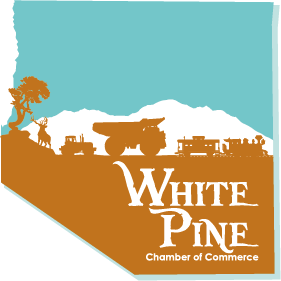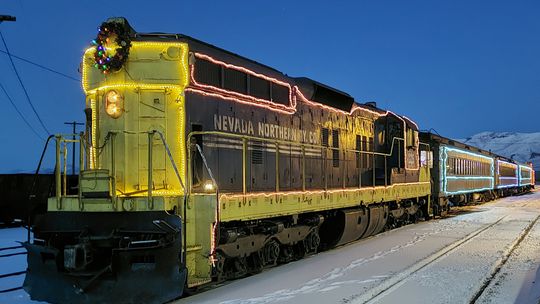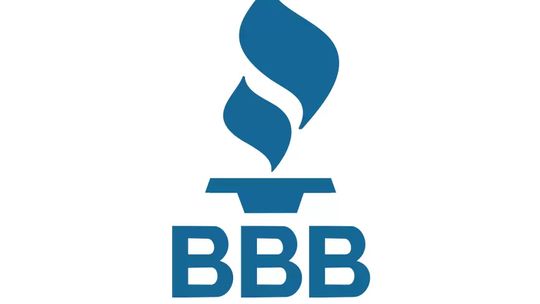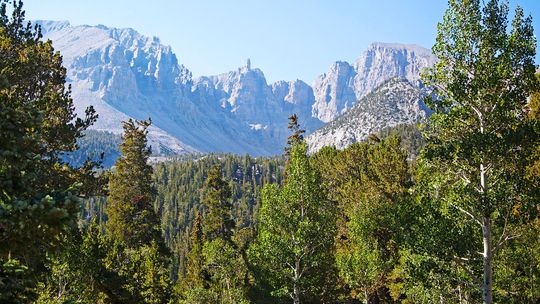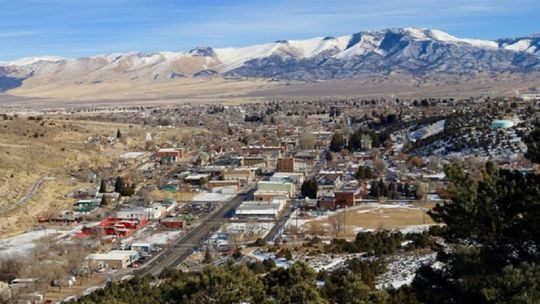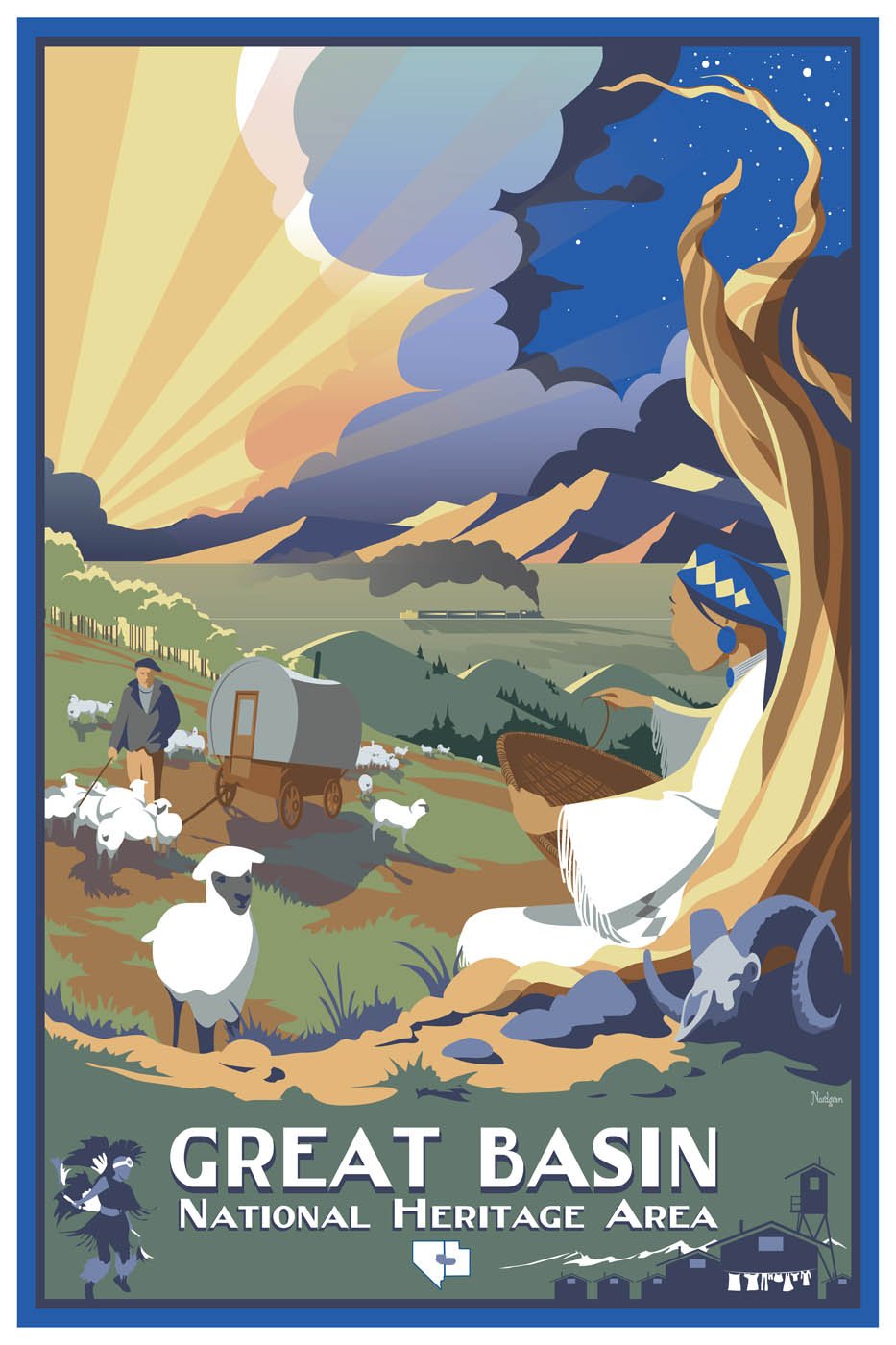
The Great Basin National Heritage Area covers nearly 16,000 square miles – an area as large as Connecticut and Massachusetts combined – but the region is sparsely populated with only 21,000 people calling these two counties home. What White Pine and Millard Counties lack in people they make up for in historical sites, sweeping landscape formations, and cultural attractions.
Two national historic landmarks are located within the GBNHA boundary, the Nevada Northern Railway and the Topaz WWII Japanese American Internment Camp. Several state parks and the Great Basin National Park are also within the GBNHA as well as historically significant sites like the Territorial Statehouse in Fillmore, Utah, the original capitol of Utah Territory.
What is a National Heritage Area?
National Heritage Areas are dotted across the country in places where natural, cultural, historical or recreational attractions combine to create a distinctive destination. Congressional designation enables national heritage areas to receive federal funding through the National Park Service. That funding is utilized by local nonprofits to preserve and promote heritage attractions as well as boost economic development. No new federal jurisdiction or regulations are placed on designated national heritage areas, and there is no impact on private property rights.
Get a Grant from GBHAP
GBHAP funds projects that contribute to our mission of protecting and promoting the unique natural and cultural heritage of the Great Basin National Heritage Area. Non-profit organizations, private organizations, local or regional government entities, federally recognized Indian tribes, or individuals may apply. Collaboration and partnerships are encouraged. The applicant must have sufficient capacity to manage the project to completion.
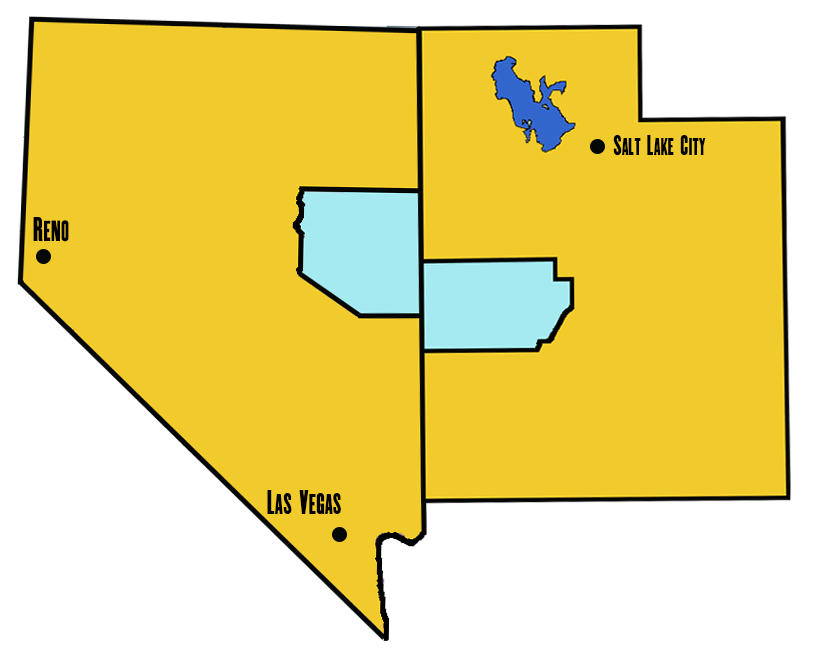
To be eligible for funding, projects must further at least one of the Great Basin National Heritage Area goals. Projects addressing two or more will be given higher consideration. Projects that incorporate the primary interpretive themes of the Heritage Area (see the appendix in the Grant Guidelines) are highly encouraged.
- Heritage Resource Conservation and Enhancement
- Education and Interpretation
- Heritage Tourism and Recreation
- Community Revitalization
- Partnership Development
Since its inception, GBHAP Grant Program funds have been matched more than four and a half times by the local partners receiving grant funds. The economic impact of this federal investment through the GBHAP Grant Program has had a ripple effect within the Great Basin National Heritage Area’s local communities and our public/private partnerships.
